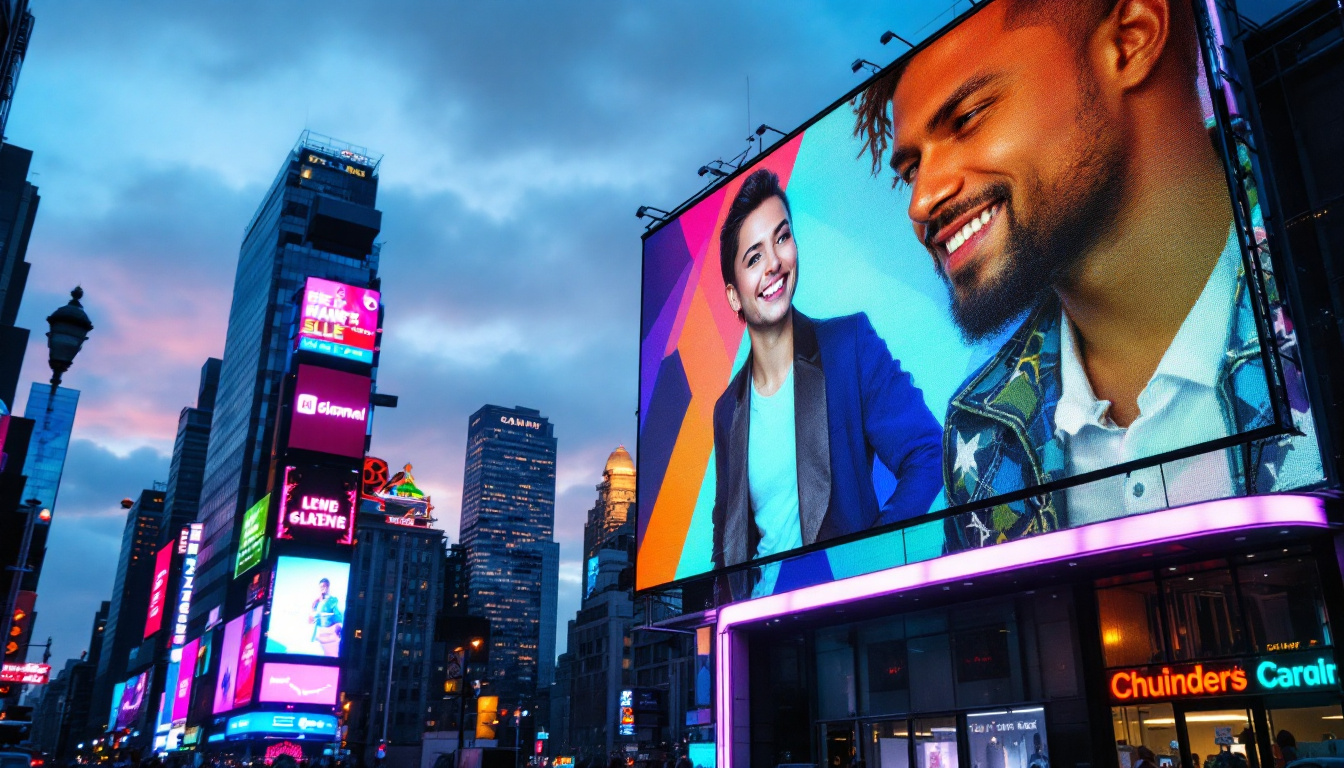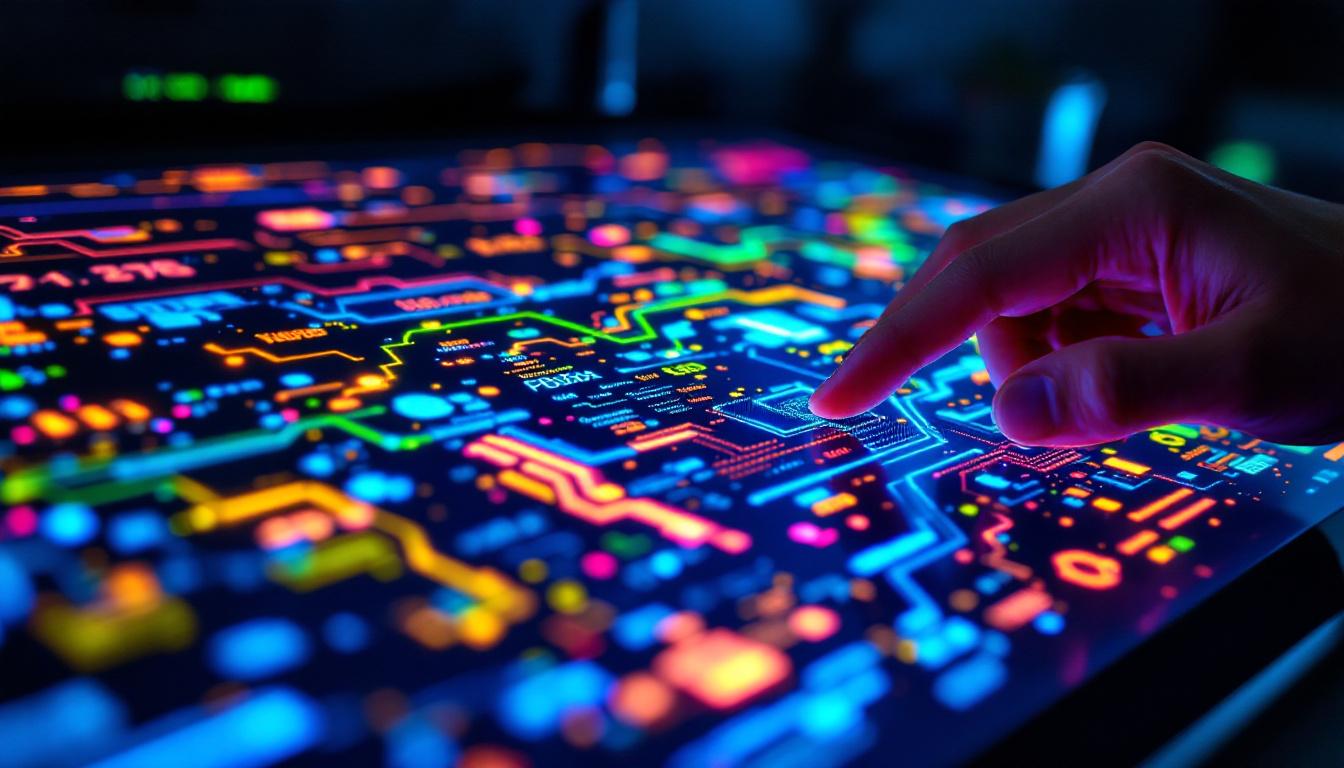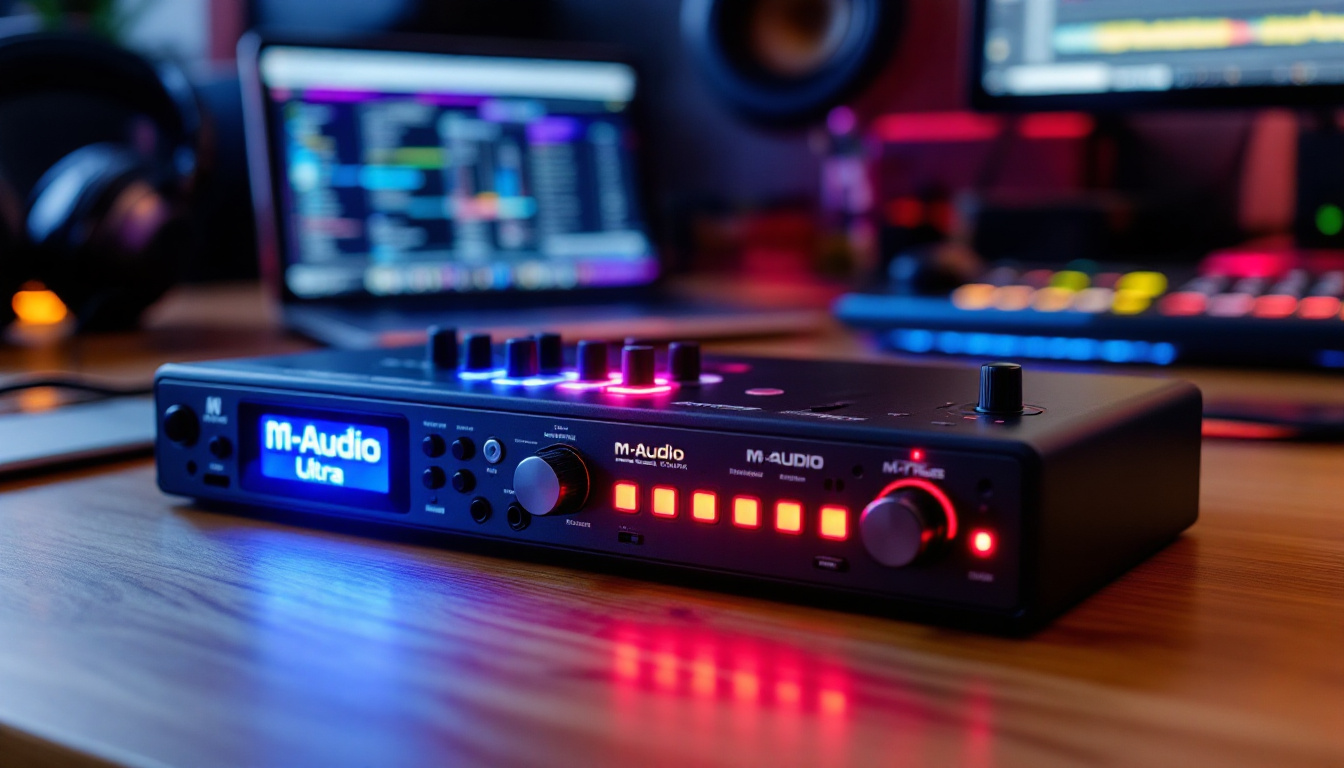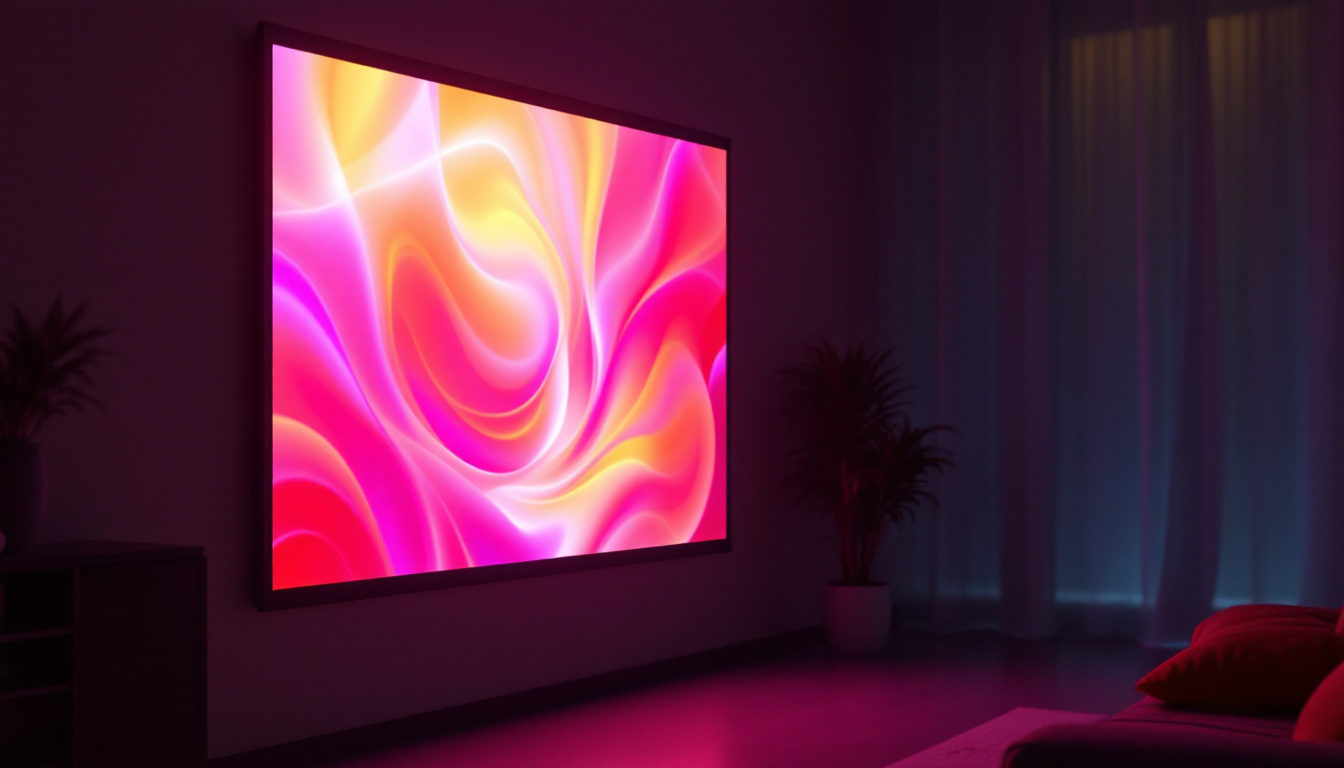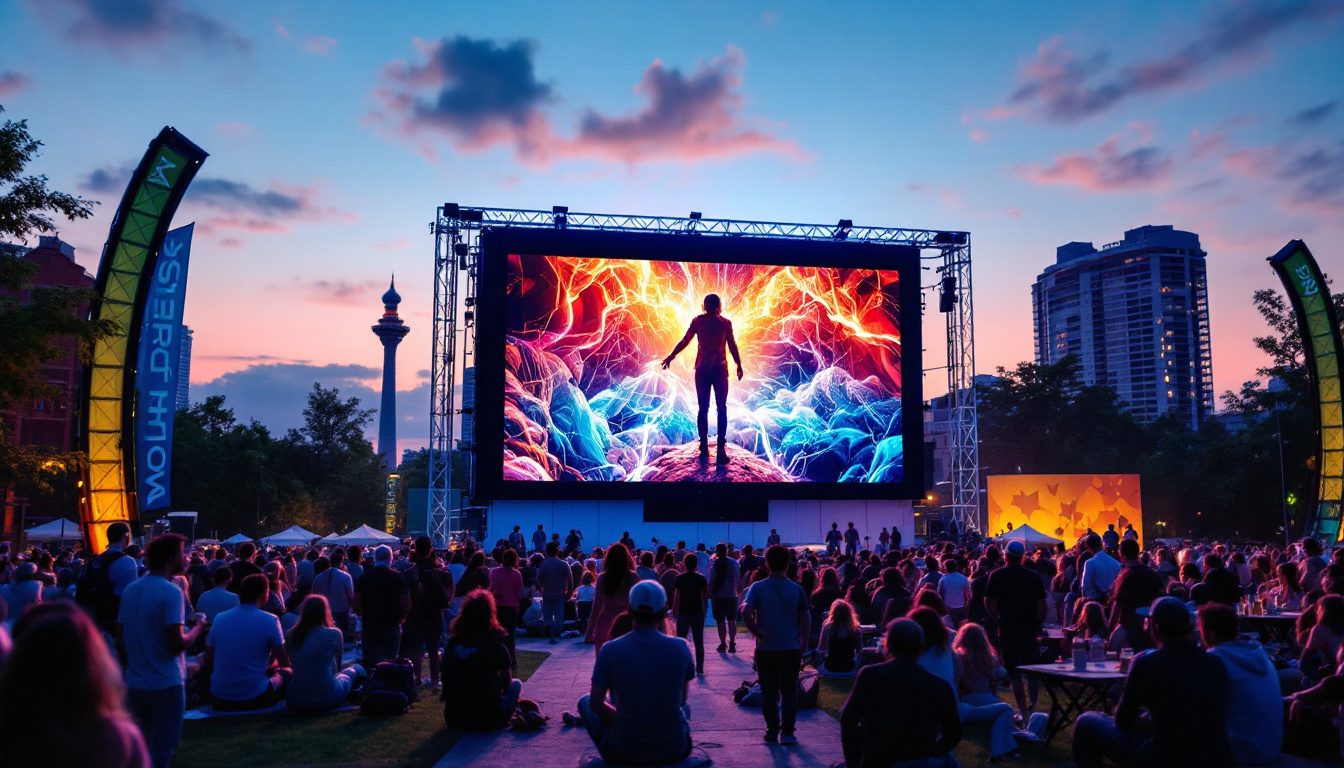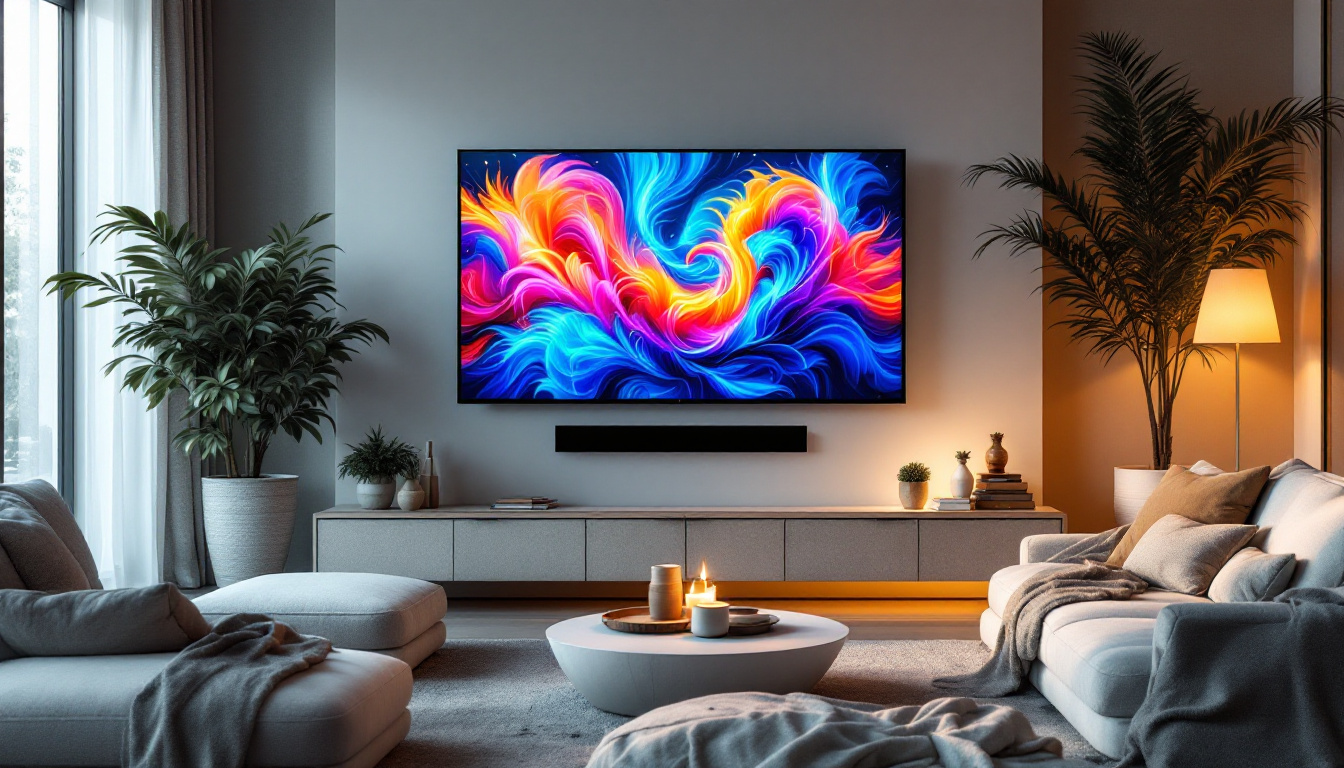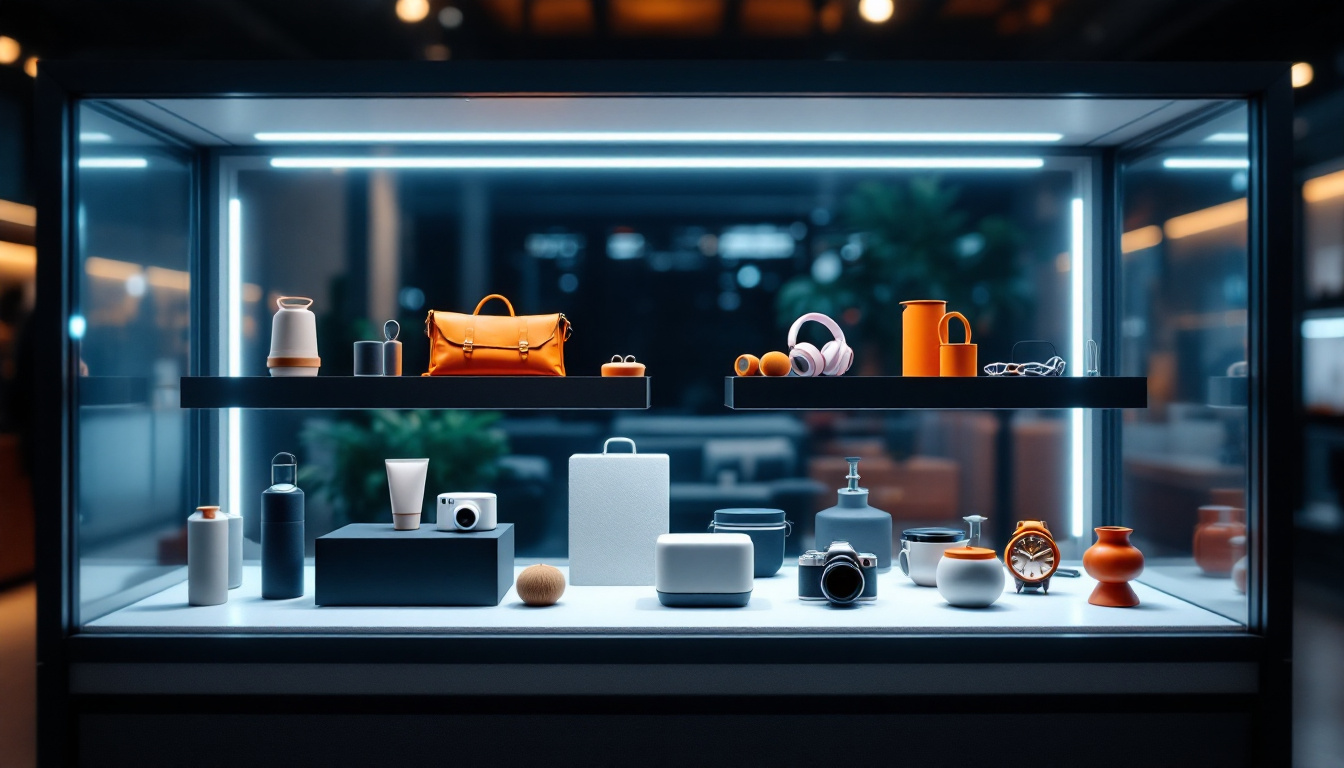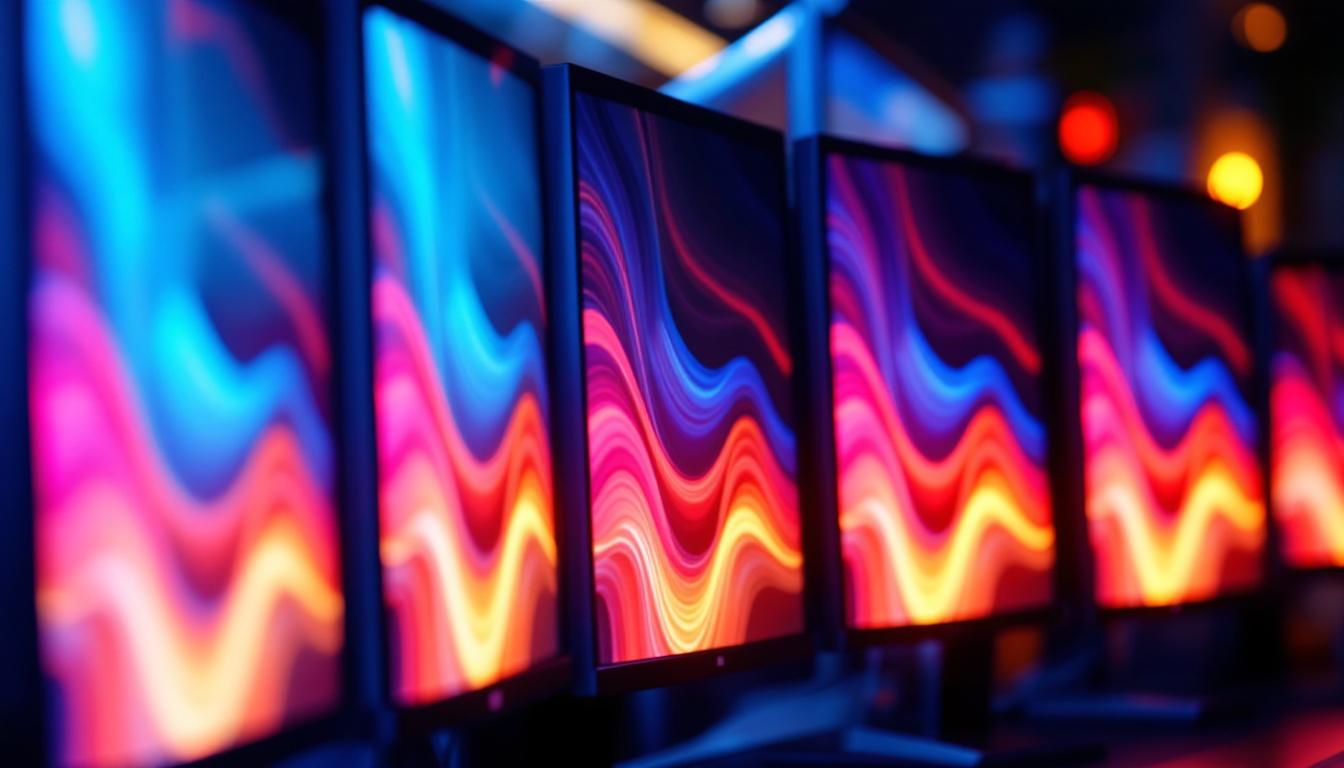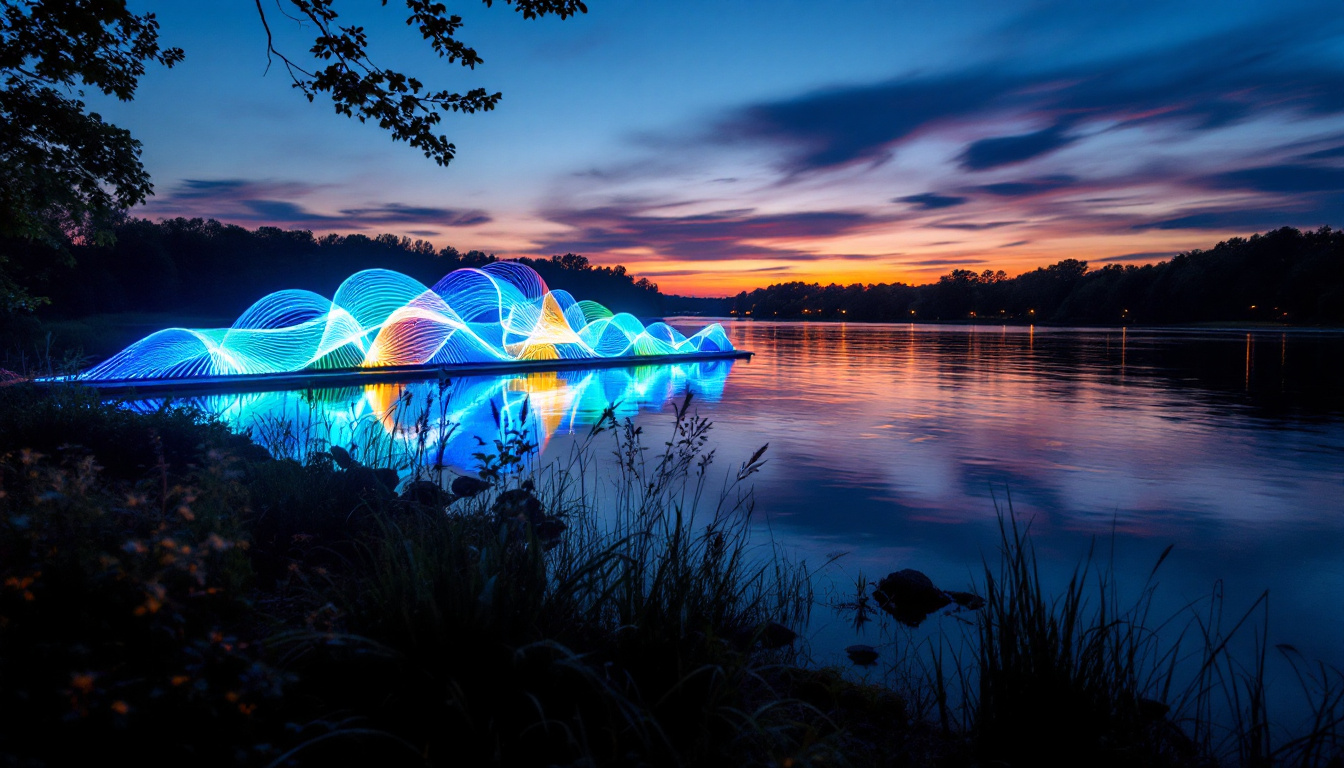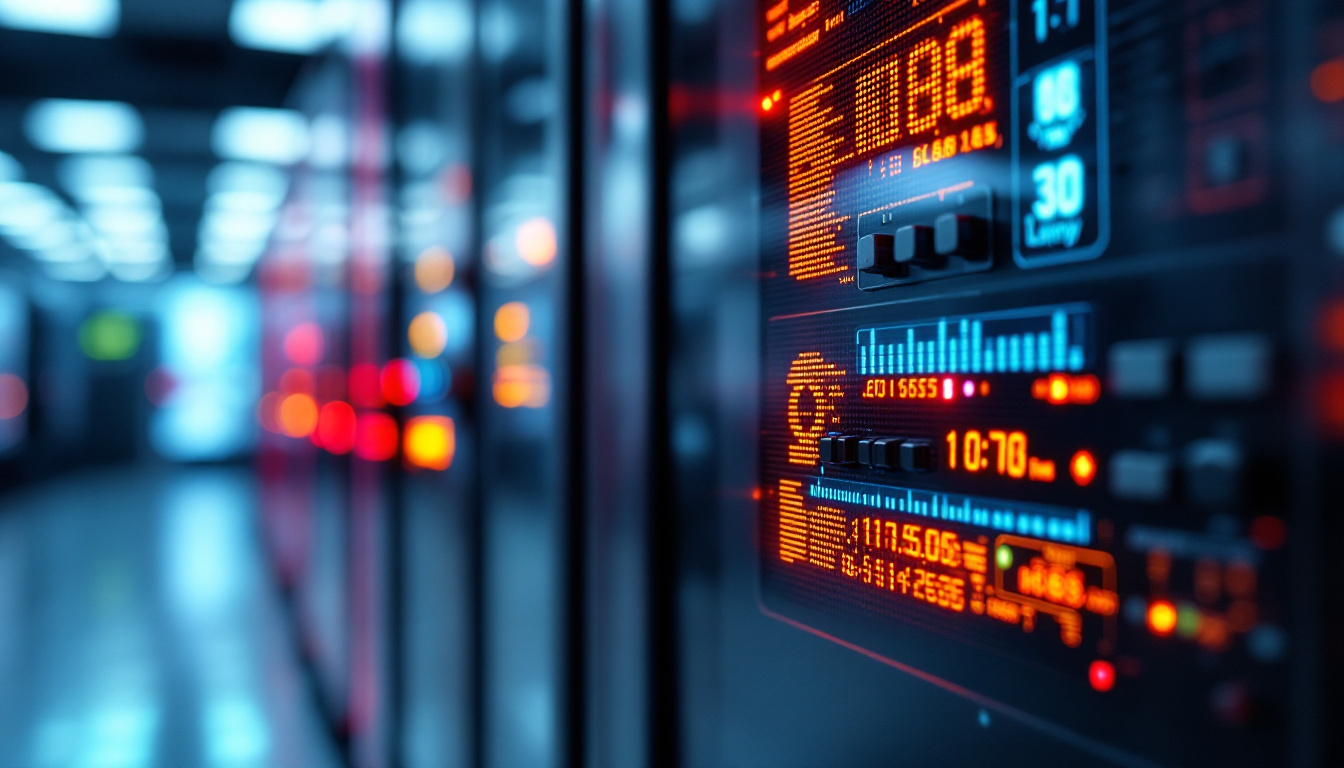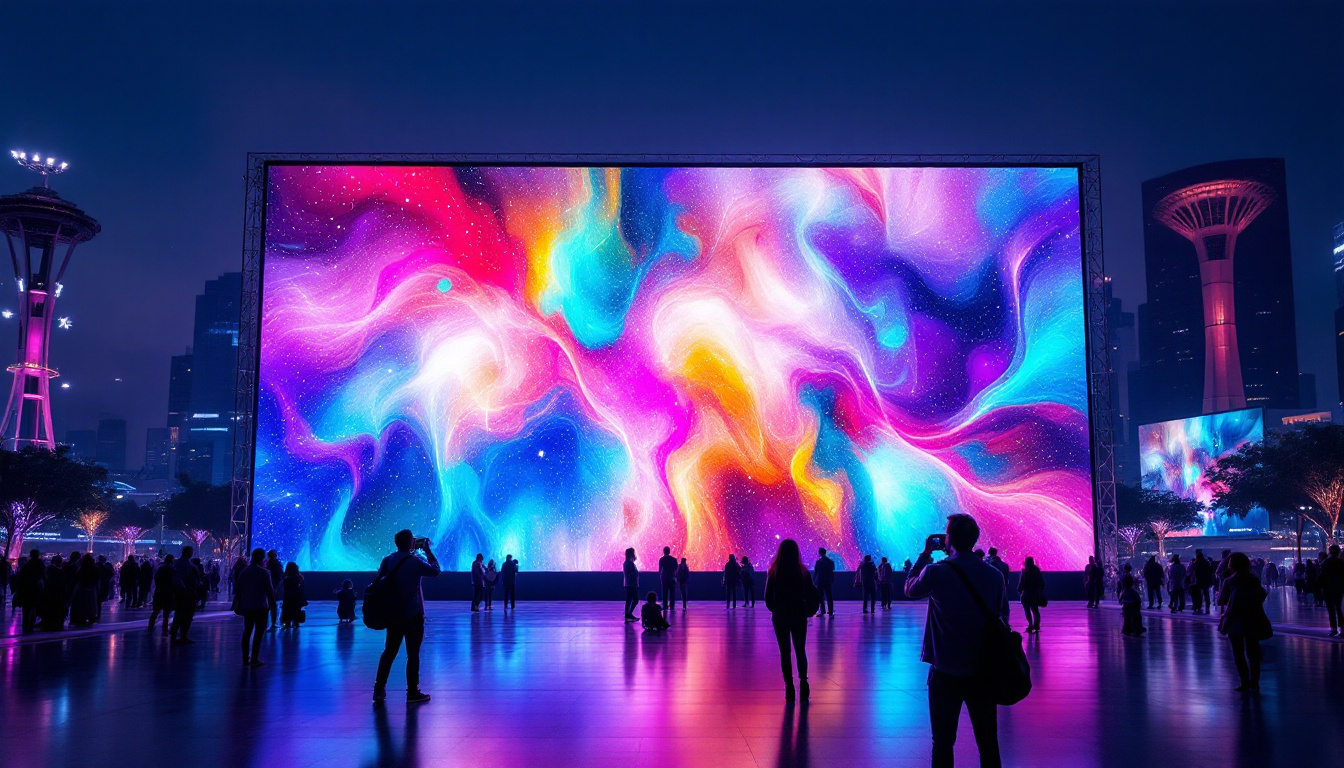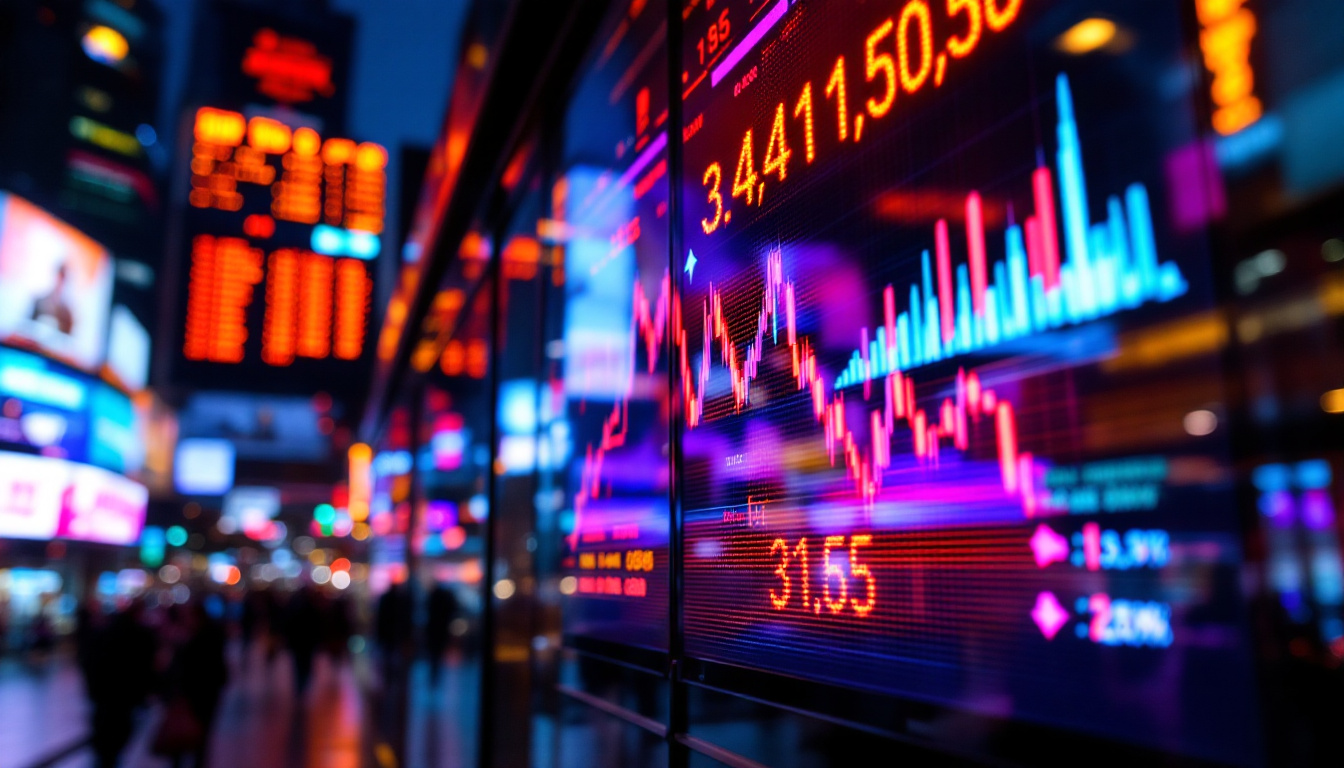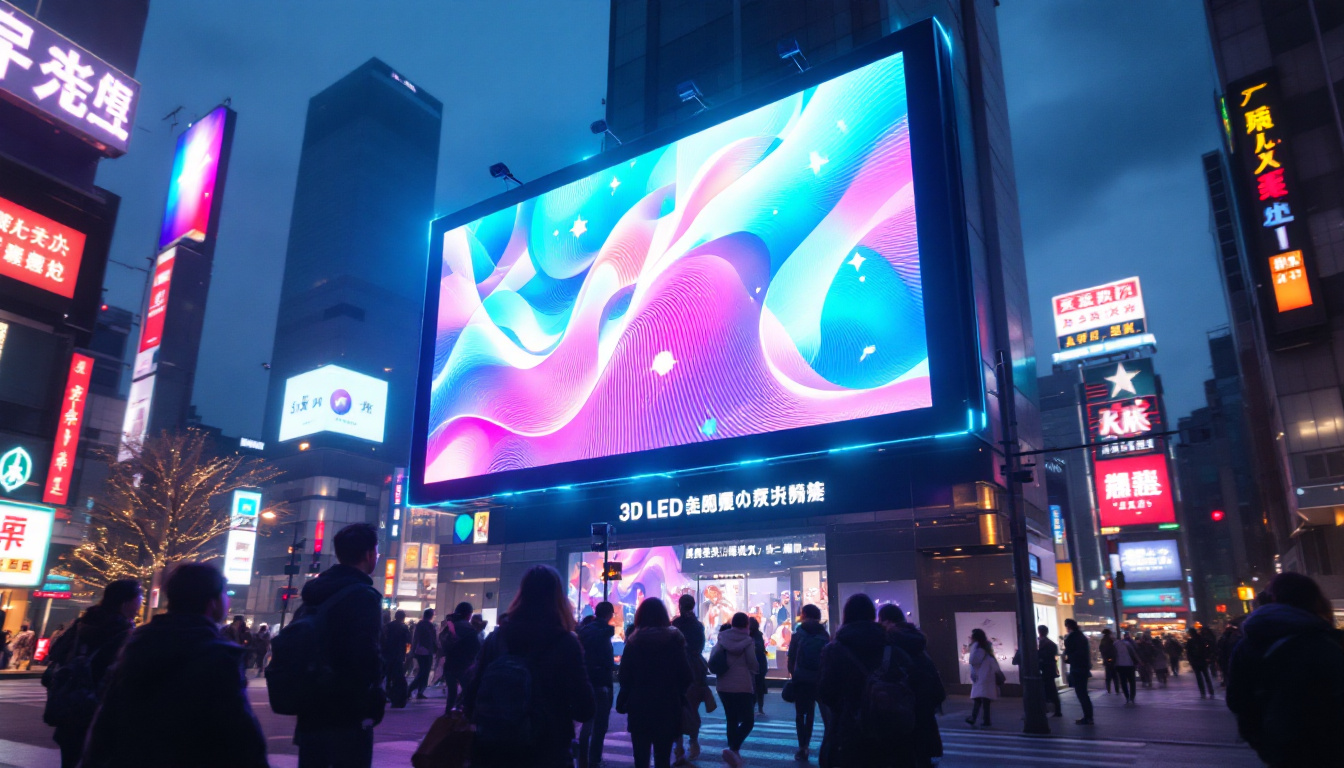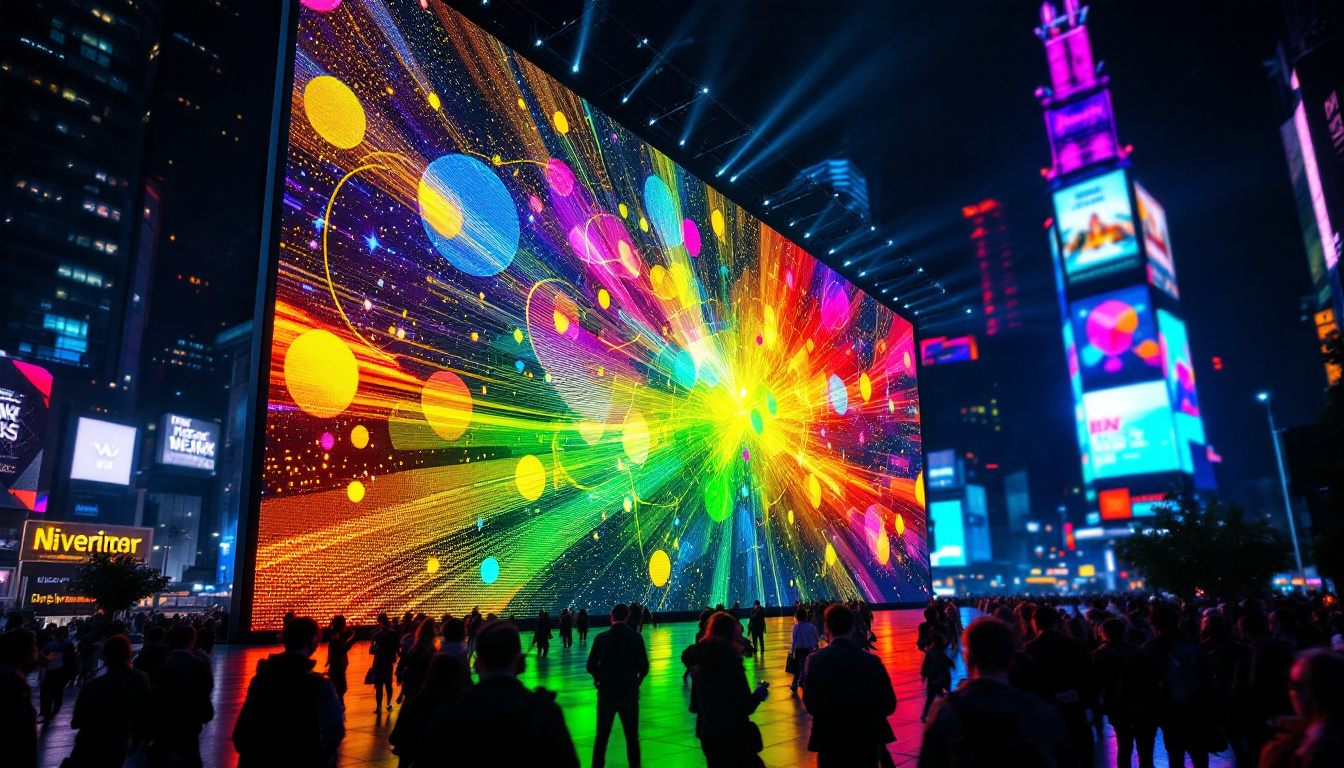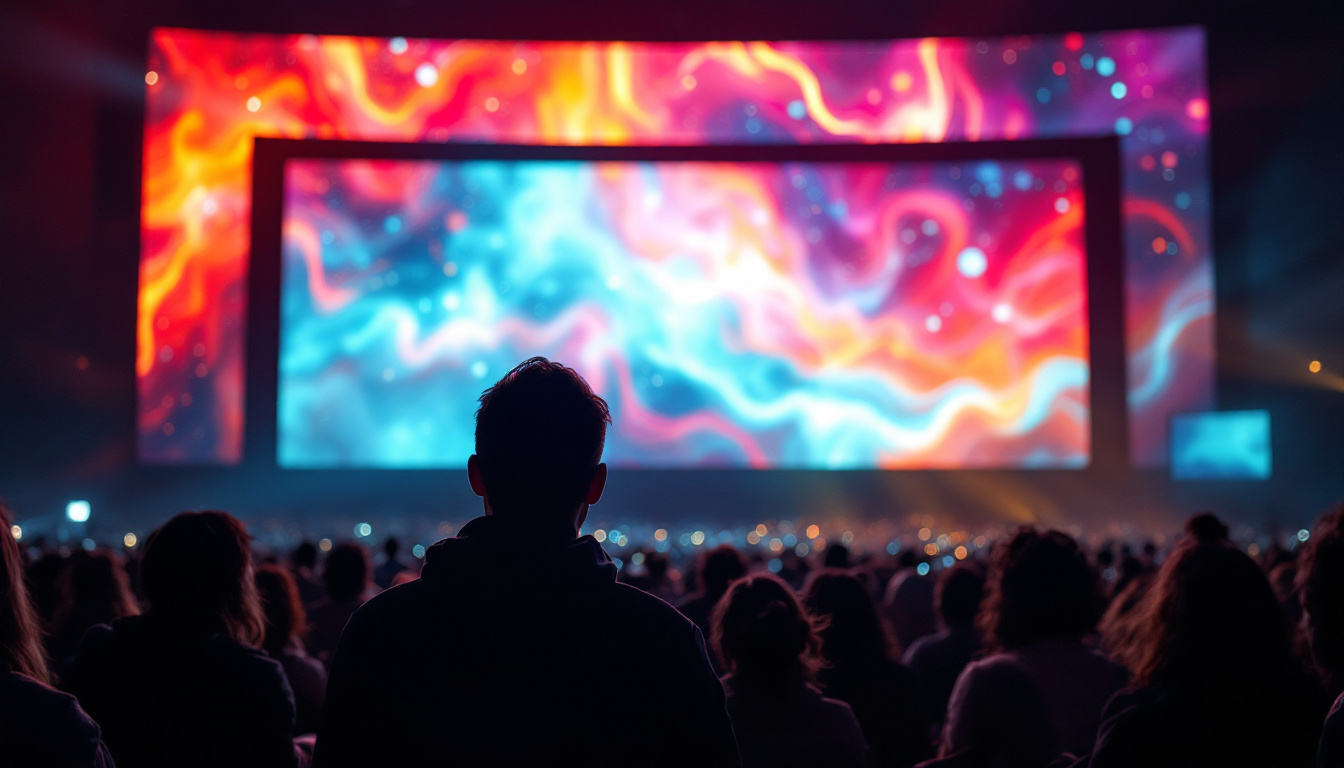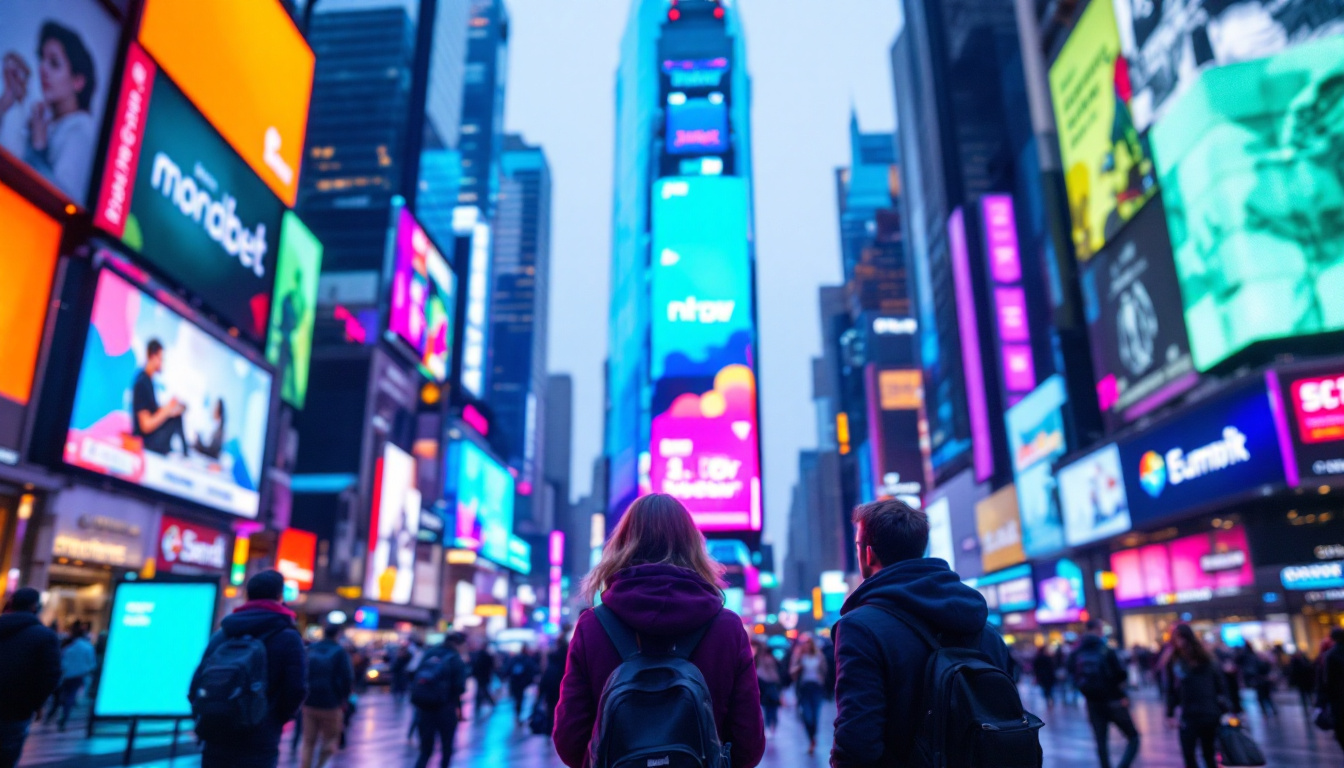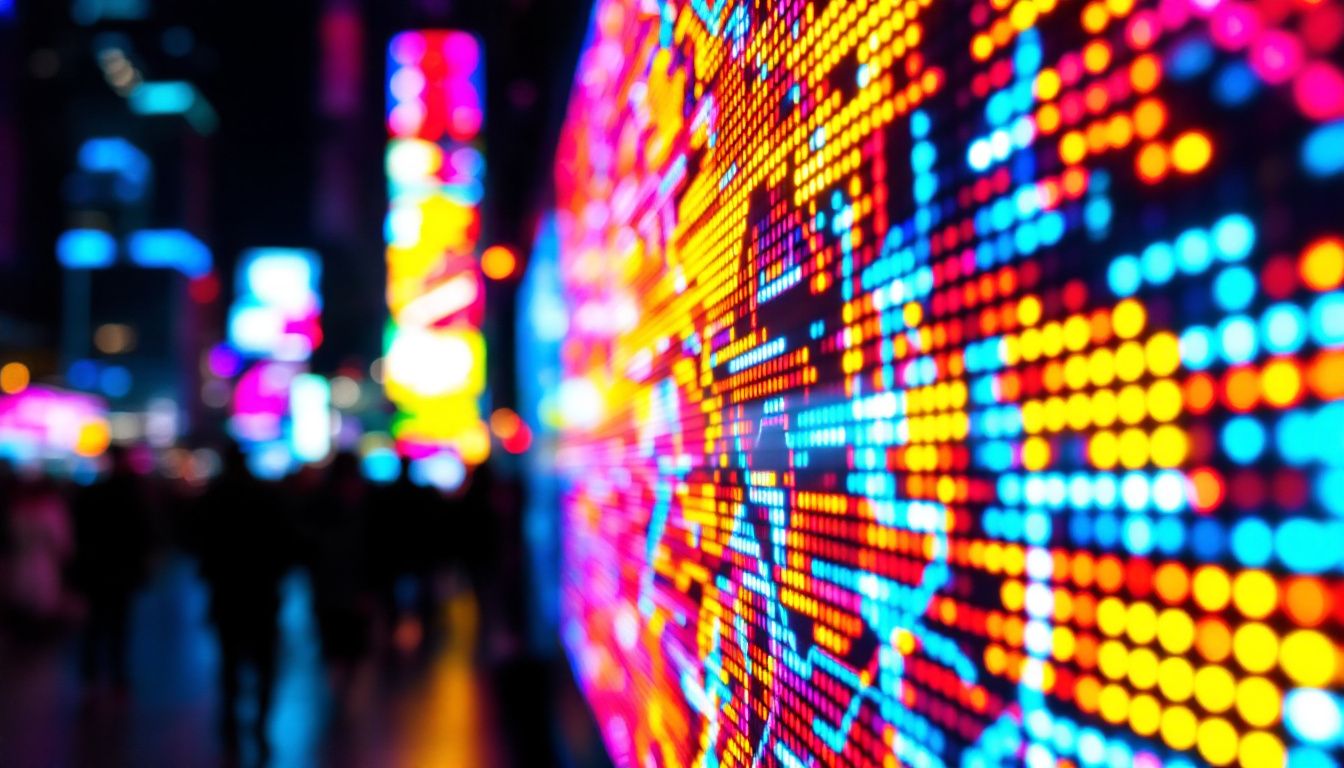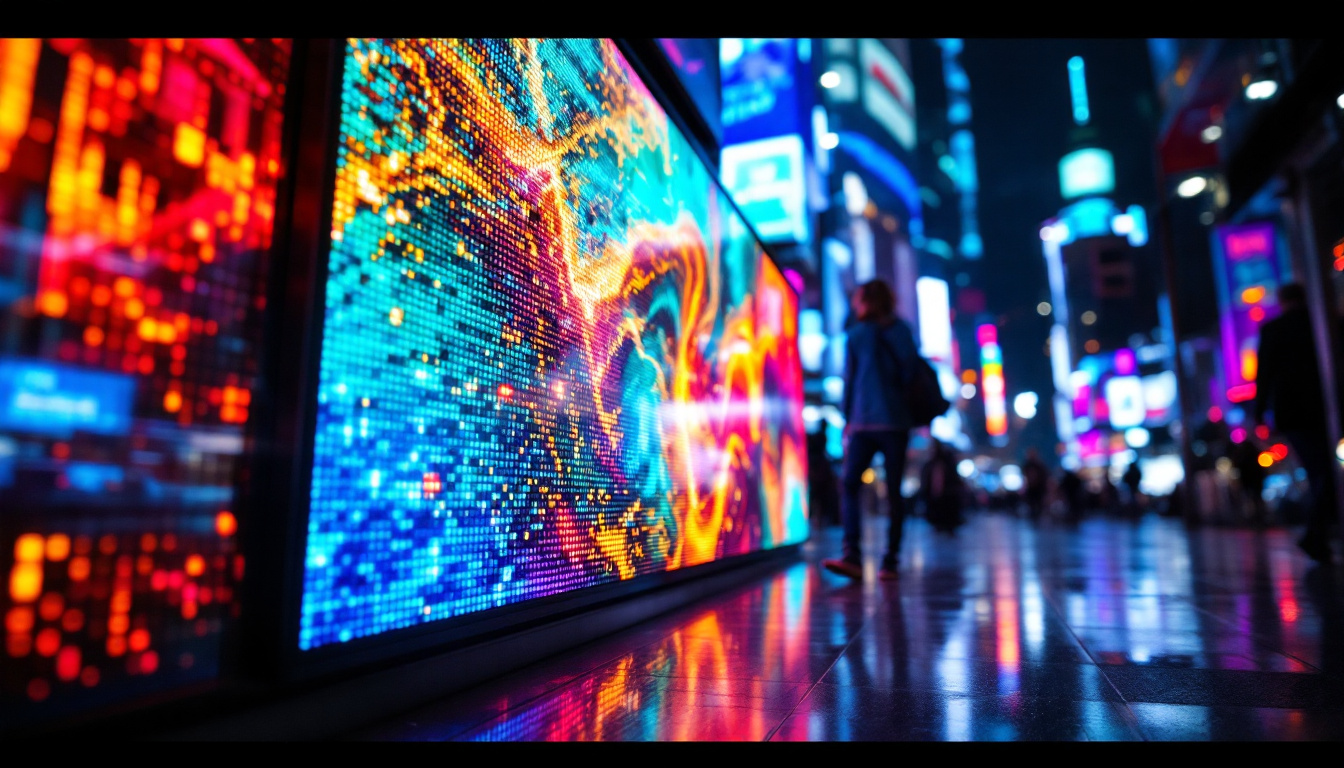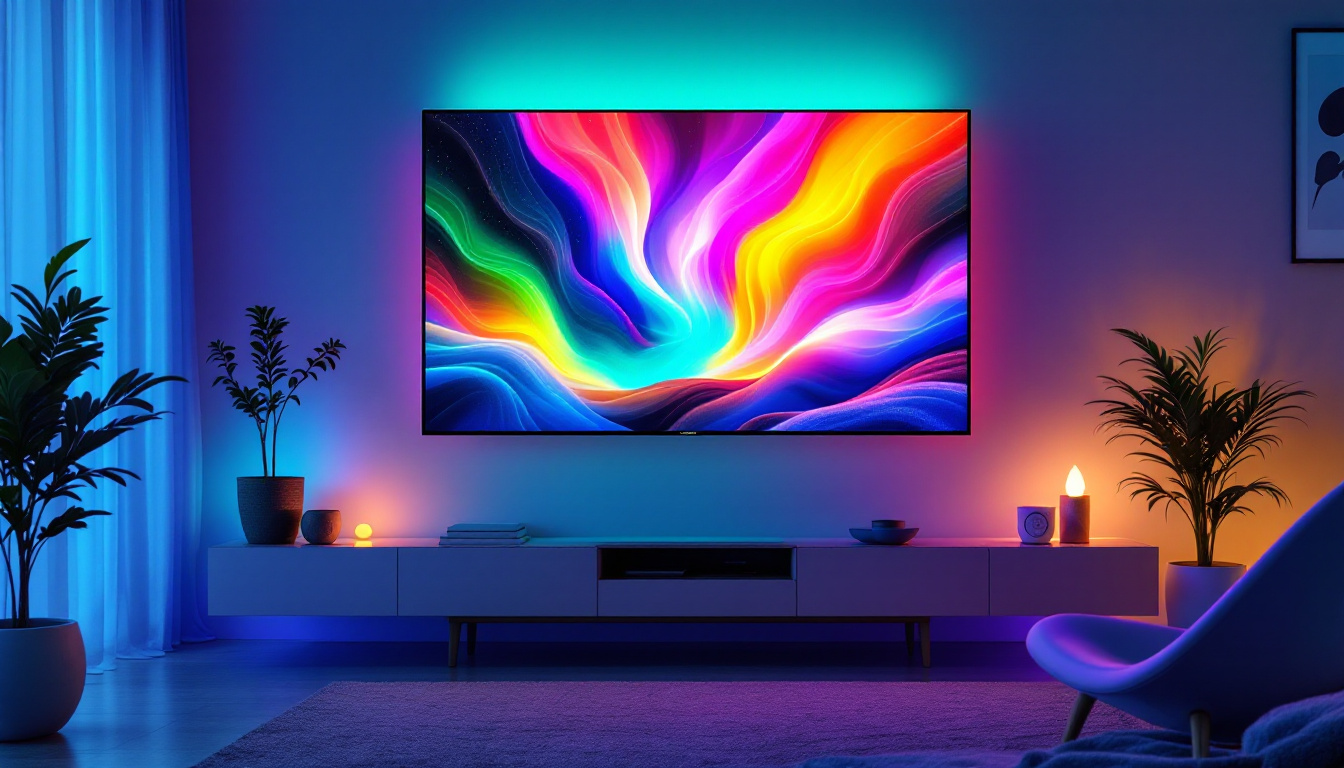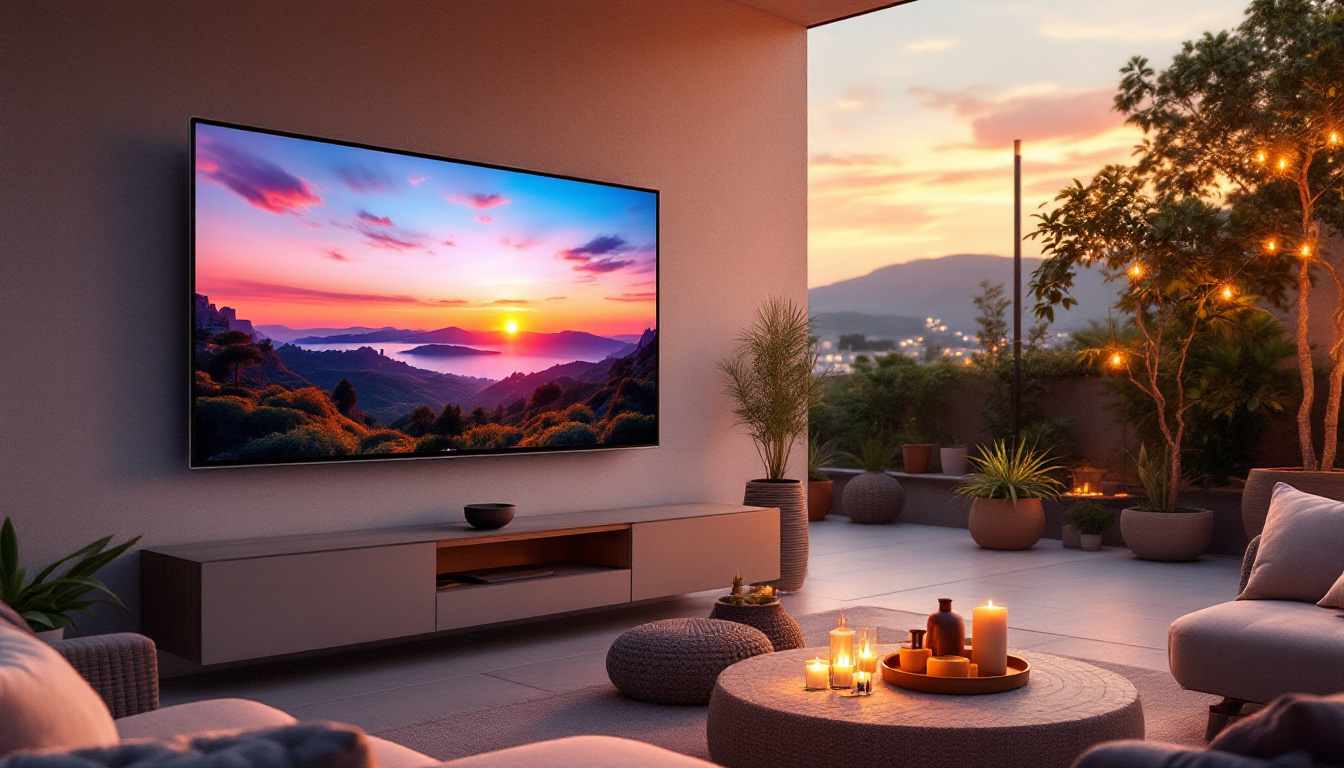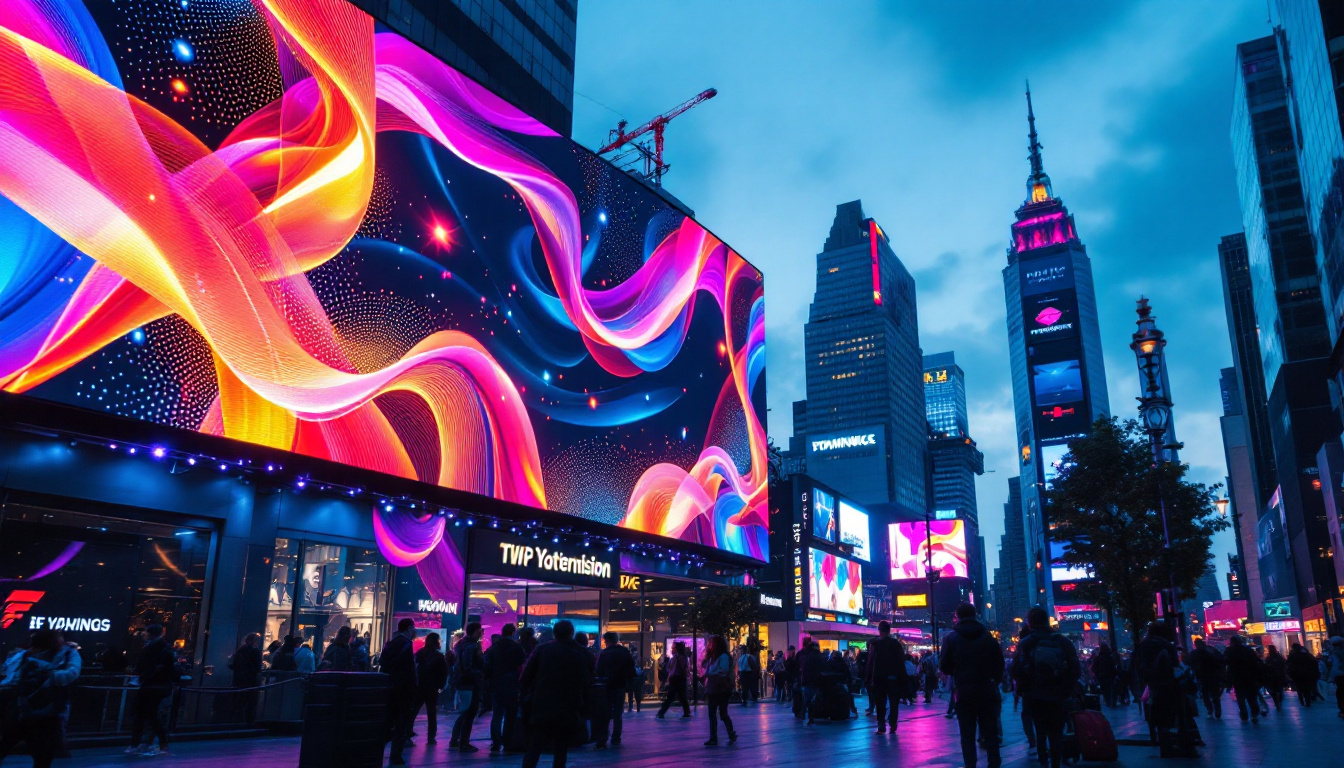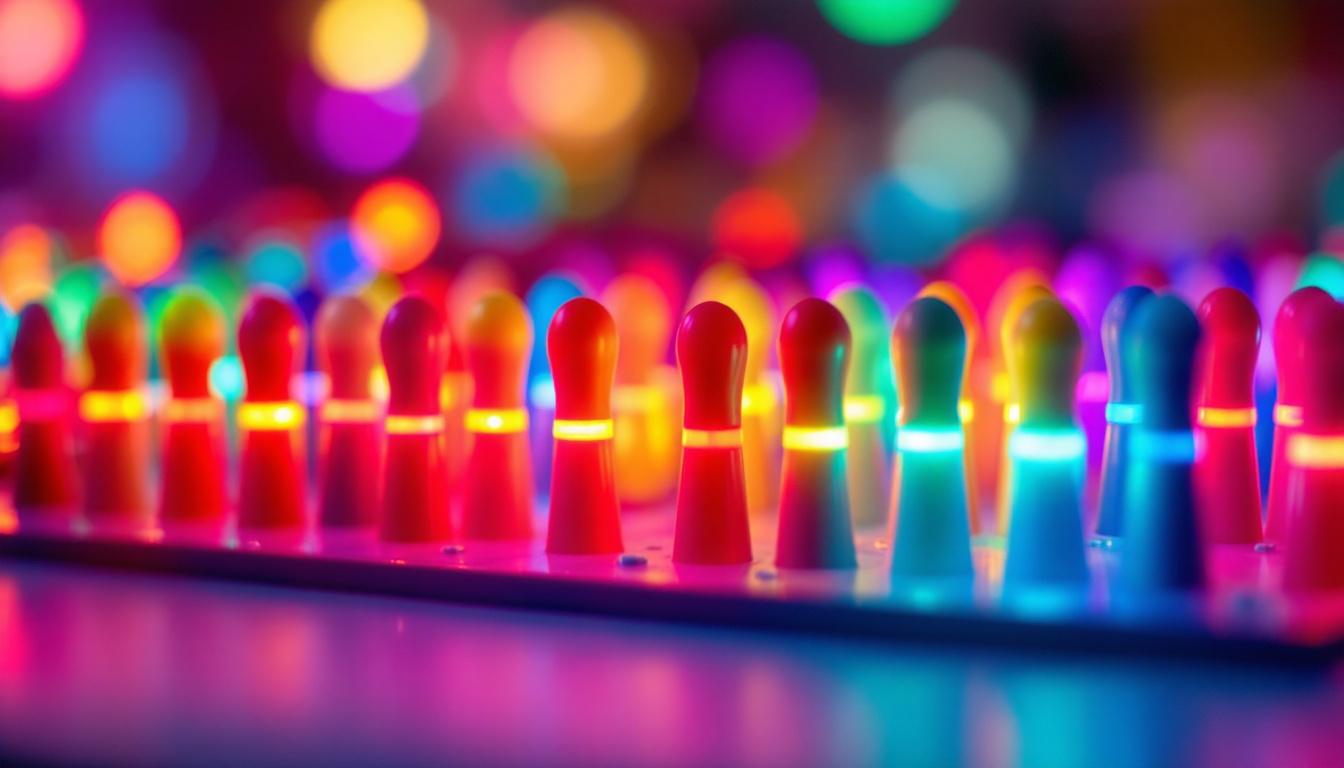New York City is a hub of creativity and innovation, and its iconic billboards play a significant role in the city’s vibrant landscape. Among these, LED displays stand out for their brilliance and versatility. This article delves into the world of LED billboards in New York, exploring their technology, impact, and the future of advertising in the digital age.
The Rise of LED Displays in New York
LED displays have transformed the advertising landscape in New York City. Once dominated by traditional paper and vinyl billboards, the city now boasts a plethora of dynamic, eye-catching LED screens that capture the attention of millions. The shift towards LED technology has been driven by several factors, including advancements in technology, cost-effectiveness, and the need for more engaging advertising formats.
Technological Advancements
The evolution of LED technology has been nothing short of remarkable. Modern LED displays offer higher resolution, brighter colors, and greater energy efficiency compared to their predecessors. This technological leap has enabled advertisers to create stunning visuals that can be seen from great distances, enhancing visibility and engagement.
Additionally, the ability to display dynamic content allows for real-time updates, making it possible for advertisers to tailor their messages based on time, location, and audience demographics. This adaptability is a significant advantage over traditional billboards, which are static and require more effort to change. For instance, during high-traffic events such as parades or concerts, advertisers can instantly switch their content to promote relevant products or services, ensuring that their messages resonate with the current audience.
Cost-Effectiveness
While the initial investment in LED technology can be substantial, the long-term savings are undeniable. LED displays consume less power than traditional lighting methods, leading to lower energy bills. Furthermore, the durability of LED screens means they require less frequent replacement, reducing maintenance costs over time.
Advertisers also benefit from the ability to run multiple campaigns on a single display, maximizing the return on investment. This flexibility allows brands to reach different audiences throughout the day, optimizing their advertising strategies. Moreover, the integration of data analytics with LED technology enables advertisers to track viewer engagement and adjust their campaigns in real-time, further enhancing the effectiveness of their advertising efforts. As a result, businesses can make informed decisions about their marketing strategies, ensuring that their messages are not only seen but also resonate with their target demographics.
The Impact of LED Billboards on Advertising
LED billboards have not only changed how advertisers promote their products but have also influenced consumer behavior. The vibrant and dynamic nature of these displays captures attention in a way that static advertisements cannot. This section explores the psychological and social impacts of LED billboards in New York.
Capturing Attention
In a city as bustling as New York, capturing the attention of passersby is crucial for advertisers. LED displays, with their bright colors and moving images, stand out in the crowded urban environment. Studies have shown that dynamic content is more likely to be remembered than static images, making LED billboards an effective tool for brand recall.
Moreover, the strategic placement of these billboards in high-traffic areas ensures that they reach a broad audience. Whether it’s Times Square or the busy streets of Manhattan, LED displays are positioned to maximize visibility and engagement. The sheer scale of these billboards also plays a significant role; towering above the streets, they create an immersive experience that can evoke emotions and spark curiosity. This phenomenon is particularly effective in a city known for its fast pace, where brief moments of engagement can lead to lasting impressions.
Influencing Consumer Behavior
The impact of LED billboards extends beyond mere visibility; they also influence consumer behavior. The immediacy of digital advertising allows brands to create a sense of urgency, prompting consumers to take action. For instance, limited-time offers displayed on LED screens can drive foot traffic to stores or increase online sales.
Furthermore, the interactive nature of some LED displays, which may include QR codes or social media integration, encourages consumer participation. This engagement fosters a connection between the brand and the audience, enhancing the overall effectiveness of the advertising campaign. Additionally, the use of real-time data allows advertisers to tailor their messages based on current events or trends, making the content more relevant and timely. For example, a billboard might display a special promotion for a nearby restaurant during a major event, capitalizing on the influx of potential customers. This adaptability not only increases the likelihood of consumer interaction but also reinforces the brand’s presence in the minds of the audience, creating a more profound and lasting impact on their purchasing decisions.
Regulations and Challenges
Despite their advantages, LED billboards are not without challenges. Regulatory issues, technological limitations, and public perception play significant roles in the deployment of these displays. Understanding these factors is essential for advertisers and city planners alike.
Regulatory Framework
New York City has specific regulations governing outdoor advertising, particularly for digital displays. These regulations are designed to ensure that billboards do not contribute to visual clutter or distract drivers. Advertisers must navigate these rules carefully to secure permits and avoid fines.
Additionally, there are restrictions on the brightness and content of LED displays, especially in residential areas. Striking a balance between effective advertising and community standards is a constant challenge for brands looking to utilize LED technology. The city also mandates that certain areas maintain a specific aesthetic, which can limit the types of advertisements that can be displayed. This means that advertisers must be not only creative but also strategic in their approach to comply with local ordinances while still capturing the attention of passersby.
Technological Limitations
While LED technology has advanced significantly, it is not without its limitations. Issues such as pixelation, color accuracy, and visibility in direct sunlight can affect the quality of the display. Advertisers must invest in high-quality equipment and ongoing maintenance to ensure optimal performance.
Moreover, the rapid pace of technological change means that what is cutting-edge today may become obsolete tomorrow. Brands must stay informed about the latest advancements to remain competitive in the ever-evolving landscape of digital advertising. This includes not only the hardware used for the displays but also the software that drives content management and scheduling. As augmented reality and interactive features become more prevalent, advertisers will need to adapt their strategies to incorporate these innovations, ensuring that they engage audiences in new and exciting ways.
The Future of LED Billboards
As technology continues to evolve, the future of LED billboards in New York City looks promising. Innovations in artificial intelligence, augmented reality, and data analytics are set to redefine how advertisers engage with consumers.
Integration of AI and Data Analytics
Artificial intelligence is poised to revolutionize the advertising industry by enabling more personalized and targeted campaigns. By analyzing consumer behavior and preferences, advertisers can tailor their messages to specific audiences, increasing the likelihood of engagement.
Data analytics also allows brands to measure the effectiveness of their campaigns in real time. Metrics such as viewer impressions, engagement rates, and conversion rates can provide valuable insights, helping advertisers refine their strategies and maximize their return on investment.
Moreover, the integration of machine learning algorithms can predict future consumer behavior based on historical data, allowing brands to stay one step ahead of trends. This predictive capability can lead to more proactive marketing strategies, ensuring that advertisements resonate with the audience’s current interests and needs. As a result, advertisers can create campaigns that not only capture attention but also foster a deeper connection with consumers, ultimately driving brand loyalty.
Augmented Reality Experiences
Augmented reality (AR) is another exciting frontier for LED billboards. By integrating AR technology, advertisers can create immersive experiences that engage consumers on a deeper level. For example, a fashion brand could allow passersby to virtually try on clothing displayed on an LED screen, enhancing the shopping experience.
This blend of digital and physical interaction not only captivates audiences but also encourages social sharing, further amplifying the reach of the campaign. As AR technology becomes more accessible, it is likely to become a staple in the advertising toolkit.
Additionally, the use of AR can transform static billboards into dynamic storytelling platforms. Advertisers can craft narratives that unfold in real-time, encouraging viewers to interact with the content in novel ways. For instance, a local tourism board could showcase various attractions through an interactive map displayed on an LED billboard, allowing users to explore different destinations through their smartphones. This level of engagement not only enhances the consumer experience but also creates memorable moments that can lead to increased foot traffic and interest in the advertised locations.
Conclusion
The evolution of LED billboards in New York City represents a significant shift in the advertising landscape. With their ability to capture attention, influence consumer behavior, and adapt to technological advancements, LED displays have become an essential tool for brands looking to make an impact.
As the industry continues to evolve, advertisers must navigate the challenges of regulation, technology, and public perception while embracing the opportunities that lie ahead. The integration of AI, data analytics, and augmented reality promises to further enhance the effectiveness of LED advertising, ensuring that New York’s billboards remain at the forefront of innovation.
In a city that never sleeps, LED billboards will continue to shine brightly, captivating audiences and shaping the future of advertising for years to come.
Illuminate Your Brand with LumenMatrix
As New York City continues to be illuminated by the vibrant glow of LED billboards, your brand has the opportunity to shine like never before. LumenMatrix, a leader in LED display technology, is at the forefront of this visual revolution. With our comprehensive range of solutions, including everything from Indoor and Outdoor LED Wall Displays to innovative LED Transparent Displays, we are committed to enhancing your brand’s visibility and creating mesmerizing visual experiences that captivate and engage. Don’t let your message fade into the background; check out LumenMatrix LED Display Solutions today and see how we can help your brand stand out in the city that never sleeps.

